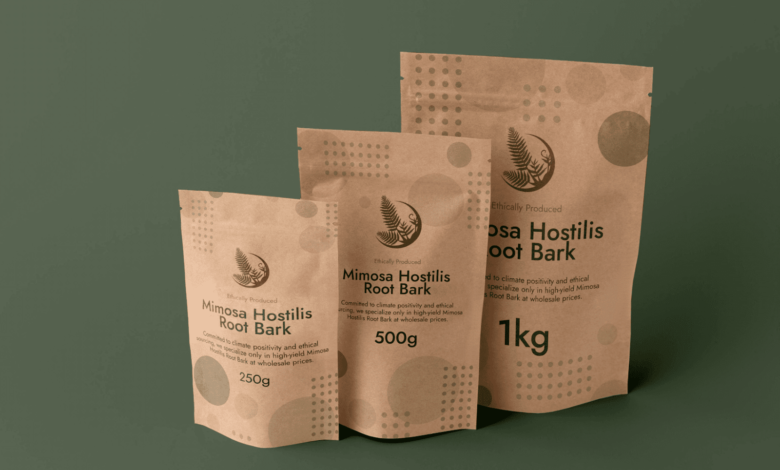Understanding 1kg of MHRB: Uses, Benefits, and Considerations

When it comes to natural botanical materials, few hold as much intrigue and versatility as 1kg of MHRB. MHRB, short for Mimosa Hostilis Root Bark, is known for its diverse applications in traditional medicine, natural dye production, and spiritual practices. Whether you’re exploring natural remedies, seeking organic dyes, or delving into ethnobotanical traditions, understanding the significance of this root bark—especially in a 1kg quantity—can be incredibly beneficial.
What is MHRB?
Mimosa Hostilis is a perennial tree native to South America, particularly Brazil and Mexico. The tree’s inner root bark (commonly referred to as MHRB) is rich in tannins and other alkaloids, which give it powerful properties. Traditionally, MHRB has been used for treating skin wounds, as a natural antiseptic, and in various shamanic rituals.
The powdered or shredded form of the bark is the most commonly available. A 1kg of MHRB package can go a long way depending on its intended use, which makes it a popular quantity among buyers.
Why Choose 1kg of MHRB?
Buying 1kg of MHRB offers several advantages:
- Cost Efficiency: Purchasing in bulk often lowers the cost per gram.
- Consistent Supply: If you’re using MHRB for dyeing fabric, research, or spiritual work, having a full kilogram ensures you won’t run out mid-process.
- Versatility in Use: Whether you’re steeping it in water for topical applications or extracting natural dyes, this amount gives you enough flexibility to experiment.
Common Uses of MHRB
1. Natural Dyeing
MHRB is highly sought after in the natural dyeing community due to its ability to produce deep purples and rich browns when used correctly. The tannins in the bark act as natural mordants, binding the dye to the fabric without synthetic chemicals.
2. Skin Care and Healing
In traditional Mexican and Brazilian communities, MHRB is used for its antibacterial and regenerative properties. It’s known to promote wound healing and treat burns, cuts, and skin infections when applied as a poultice or infused into an oil.
3. Ethnobotanical and Spiritual Practices
For centuries, the root bark has played a central role in shamanic rituals. While many associate it with visionary experiences, it’s essential to note that ethical sourcing and responsible use are crucial due to its sacred cultural significance.
Ethical and Legal Considerations
Before acquiring 1kg of MHRB, it’s vital to understand the legal status in your country. In some places, it may be regulated due to its alkaloid content. Additionally, ethical sourcing ensures the bark is harvested sustainably without harming the tree or local ecosystems.
Responsible vendors often partner with indigenous communities to ensure fair trade and environmental stewardship. Always research your source before purchasing.
Final Thoughts
Owning 1kg of MHRB can unlock a world of traditional knowledge and natural utility, whether for healing, artistic, or spiritual pursuits. However, with this power comes responsibility—respect for its origins, proper usage, and awareness of its cultural significance are key.




